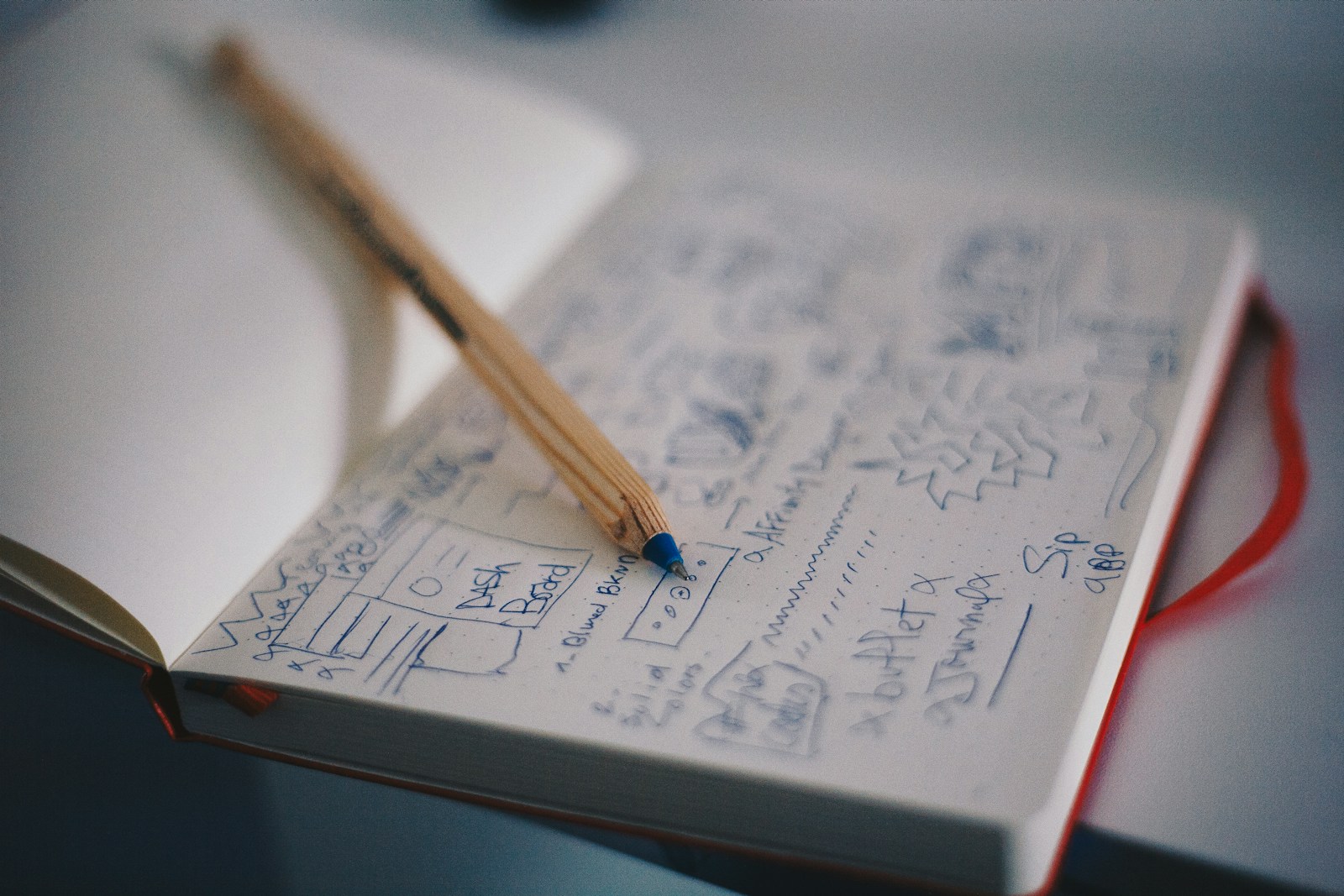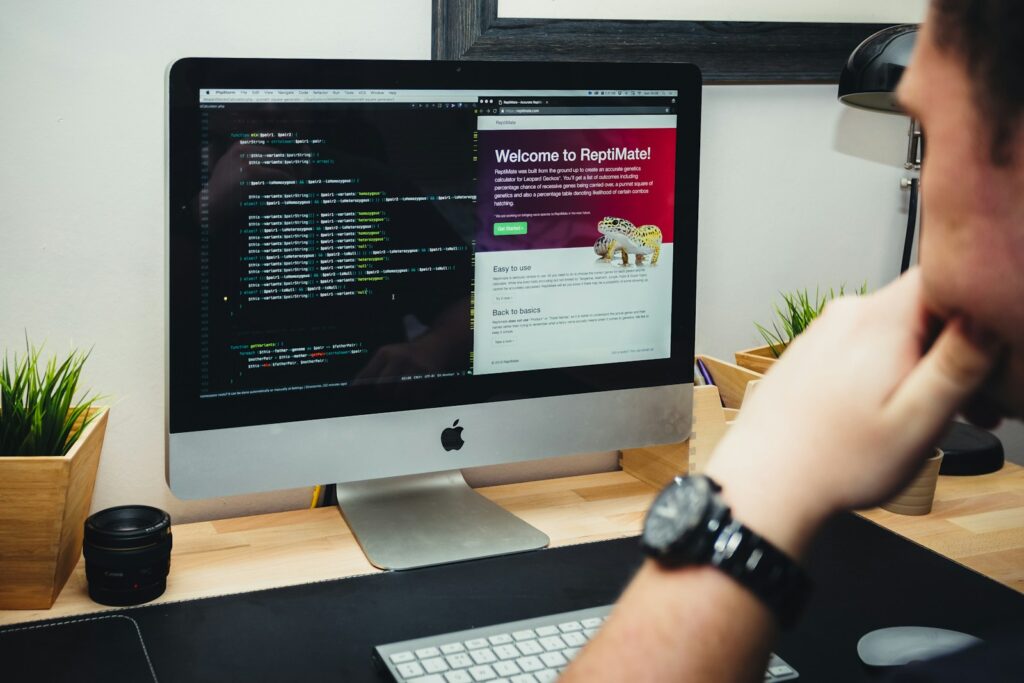In today’s rapidly evolving digital landscape, the influence of Artificial Intelligence (AI) is pervasive, touching upon every aspect of our lives. One area where AI is making significant strides is the design industry. As an entrepreneur, innovator, and AI enthusiast, I’ve witnessed firsthand the transformative power of AI in shaping the way we approach design and development. In this article, I’ll explore how AI is revolutionizing the design industry and paving the way for more efficient, creative, and personalized solutions.
Embracing AI in Design
Understanding AI’s Impact
AI technologies such as machine learning and deep learning algorithms are reshaping the design process by automating repetitive tasks, enhancing creativity, and enabling more personalized experiences. From generating design concepts to optimizing user interfaces, AI is playing a crucial role in streamlining workflows and empowering designers to focus on higher-level tasks.
Enhancing Creativity with Generative Design
Generative design, powered by AI algorithms, allows designers to explore a vast array of design possibilities based on predefined parameters and constraints. By leveraging machine learning models, designers can generate innovative and unique design solutions that would be impractical or impossible to conceive manually. This approach not only accelerates the design process but also fosters creativity by providing designers with new perspectives and insights.
Improving User Experience with AI-driven Insights
In the age of data-driven design, AI-powered analytics tools are revolutionizing the way designers understand and optimize user experiences. By analyzing user behavior patterns and preferences, AI algorithms can uncover valuable insights that inform design decisions and drive meaningful improvements. From A/B testing website layouts to predicting user interactions, AI enables designers to create more intuitive and engaging user experiences that resonate with their target audience.
The Role of AI in Website Design and Development
Personalizing User Experiences
Personalization is key to creating memorable and impactful websites. AI algorithms analyze user data in real-time to deliver personalized content, recommendations, and experiences tailored to each visitor’s interests and preferences. By harnessing the power of AI-driven personalization, websites can engage users more effectively, increase conversions, and foster long-term relationships with their audience.
Streamlining Front-end Development with AI
As a front-end web developer, I’ve seen how AI is revolutionizing the development process, making it faster, more efficient, and accessible to designers and developers of all skill levels. AI-powered tools automate repetitive tasks such as code generation, layout optimization, and browser compatibility testing, allowing developers to focus on crafting high-quality user experiences. With platforms like UnikBrushes, which offer custom web development services, designers and developers can leverage AI to create visually stunning and user-friendly websites that leave a lasting impression.
The Future of AI in Design
Pushing the Boundaries of Creativity
As AI continues to advance, it holds the potential to push the boundaries of creativity even further. From autonomous design systems to AI-generated art, the intersection of AI and design promises to unlock new realms of possibility and redefine the creative process. By collaborating with AI as a creative partner, designers can explore new design paradigms, experiment with unconventional ideas, and push the limits of what’s achievable in design.
Empowering Designers with AI-driven Tools
AI-driven design tools are democratizing access to advanced design capabilities, empowering designers of all backgrounds to create impactful and innovative designs. Whether it’s automating tedious tasks, generating design variations, or providing intelligent design recommendations, AI tools are leveling the playing field and enabling designers to work more efficiently and effectively. With platforms like LearnyHive, which offer comprehensive resources and personalized learning paths, designers can stay ahead of the curve and master AI-driven design techniques.
Conclusion
In conclusion, AI is revolutionizing the design industry by enhancing creativity, streamlining workflows, and empowering designers to create more personalized and impactful experiences. From generative design to AI-driven analytics, the possibilities are limitless. By embracing AI as a creative partner and leveraging AI-driven tools and platforms, designers can unlock new opportunities for innovation and shape the future of design. Join us on this transformative journey, and let’s harness the power of AI to create a brighter, more creative future for the design industry.
Visit LearnyHive to explore AI-driven design techniques and stay ahead of the curve.
Explore UnikBrushes for custom web development services powered by AI, and create visually stunning and user-friendly websites that leave a lasting impression.




